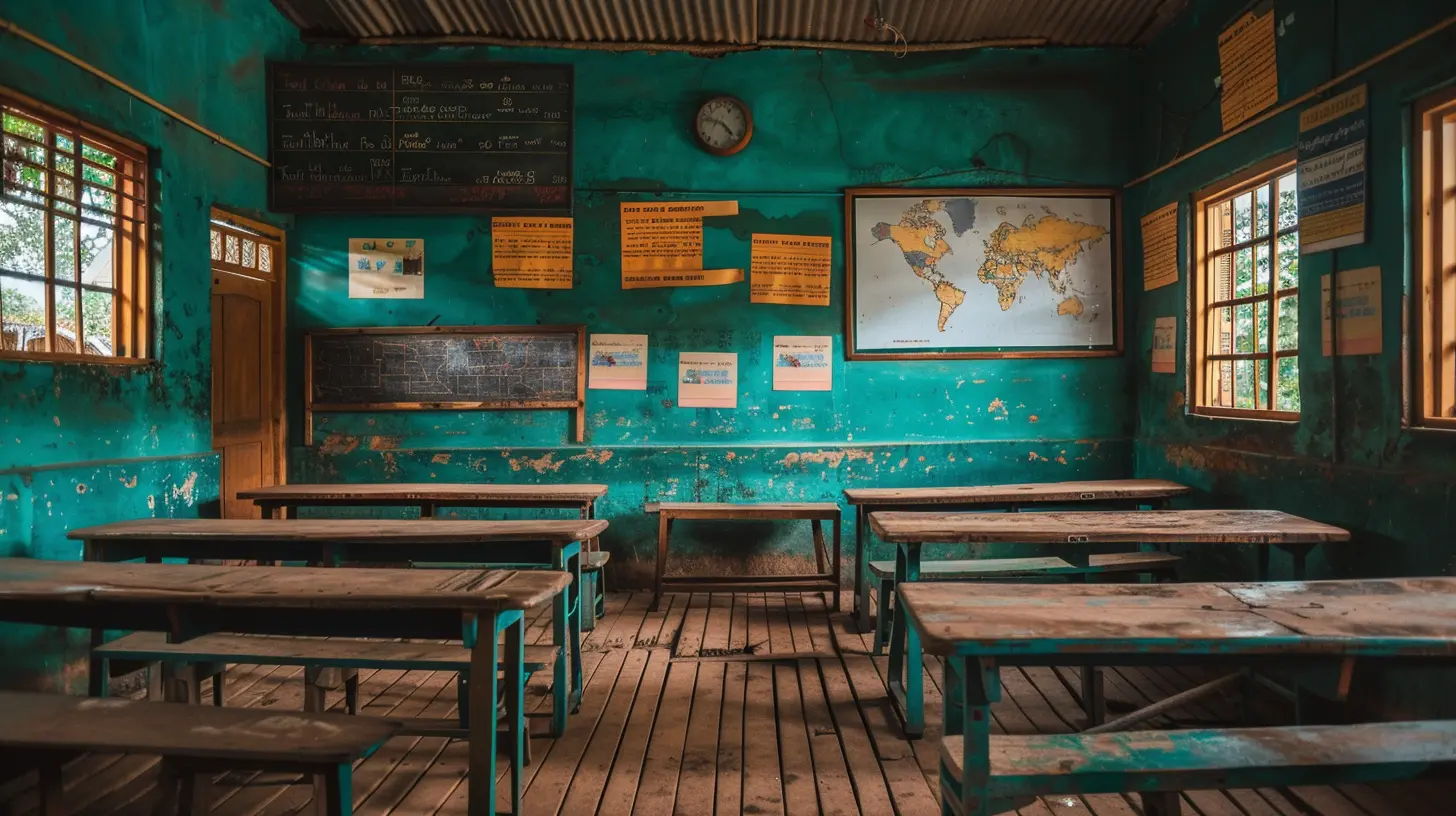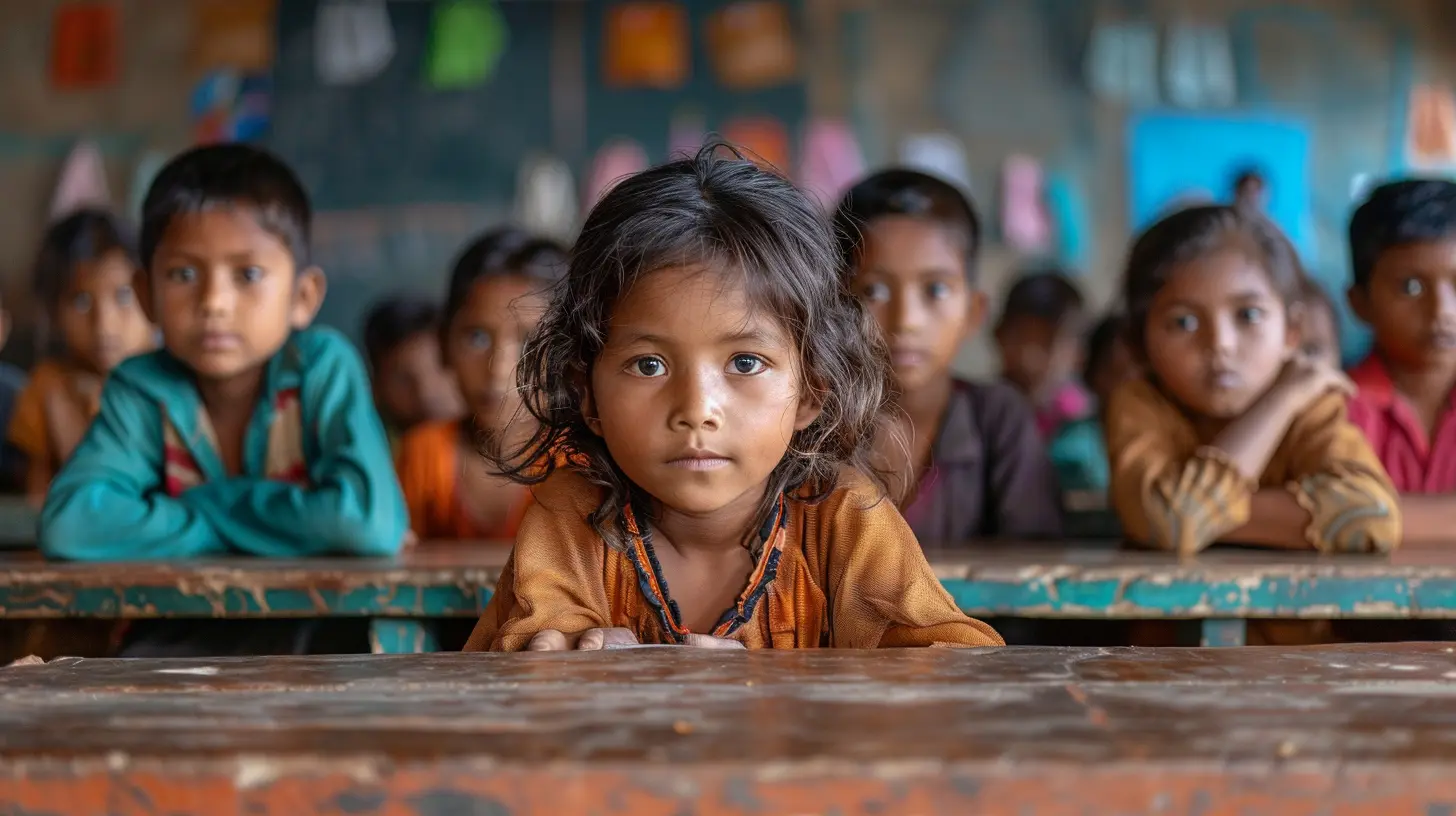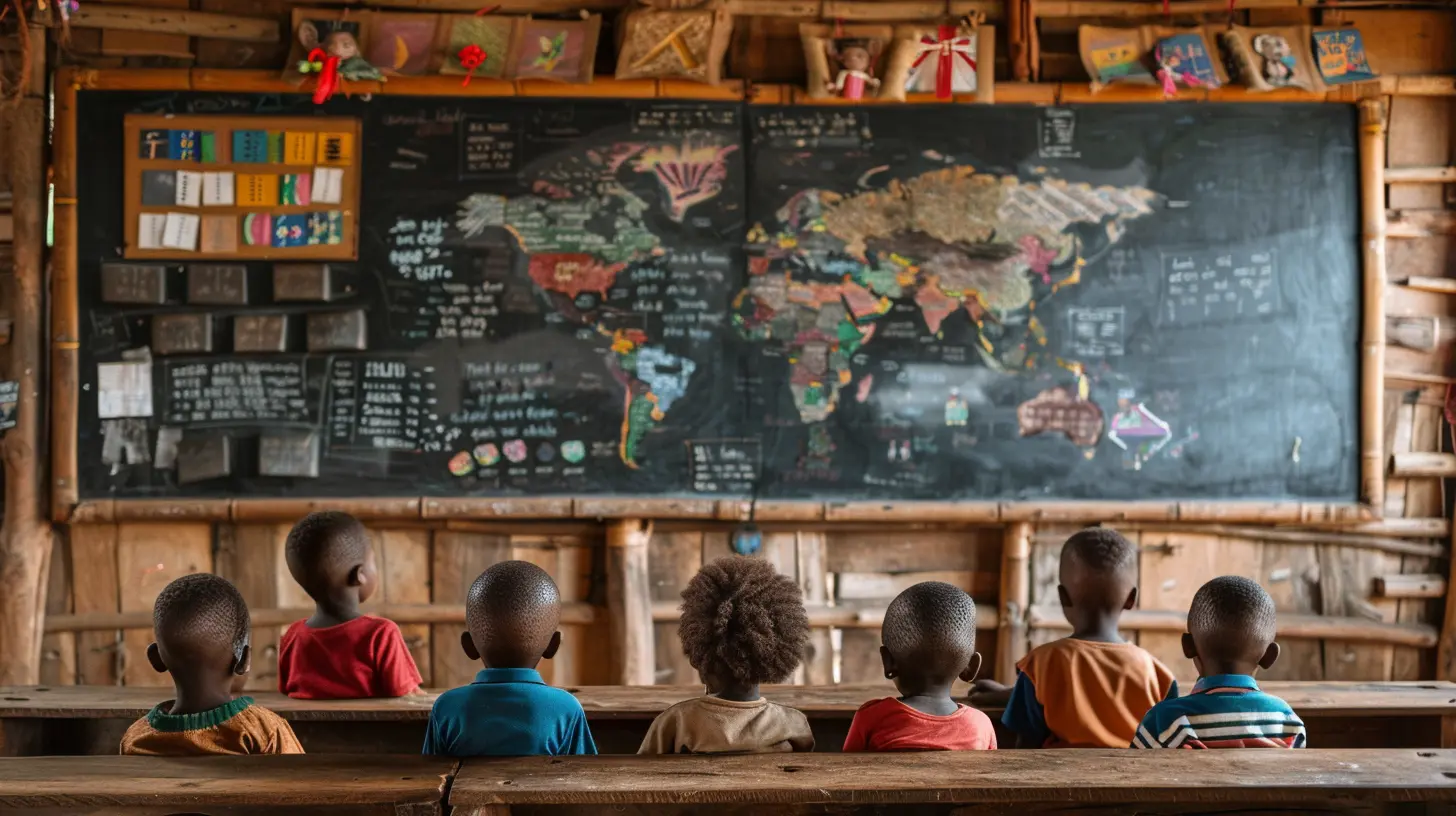How Global Crises Influence Education Systems Worldwide
12 August 2025
In an increasingly interconnected world, education systems do not exist in isolation. When global crises occur—be it natural disasters, economic downturns, health pandemics, or geopolitical tensions—the effects ripple across borders, leaving no sector untouched. Education, often considered the cornerstone of society, is one of the most profoundly impacted. But what exactly happens when the world is thrown into turmoil? How do schools, universities, and other educational institutions adapt during crises? Let’s dive into how global crises influence education systems worldwide and explore possible solutions to mitigate these impacts in the future.

The Domino Effect of Global Crises on Education
It’s easy to think of education as a stable entity, a space where learning happens no matter what’s going on outside. But that’s not always the case, right? Just like a domino setup, one crisis in an area can topple the entire structure of an education system. Whether it’s a pandemic that forces schools to close their doors or a natural disaster that destroys infrastructure, global crises have wide-ranging and long-term effects on education.
Health Crises: The Pandemic That Changed Everything
Let’s start with the most recent and perhaps the most profound example—COVID-19. When the pandemic hit in early 2020, schools around the world shut down almost overnight. Suddenly, students and teachers were thrust into a new reality of online learning, social distancing, and uncertainty. But while some countries adapted relatively quickly, others faced enormous challenges.Unequal Access to Technology
The pandemic exposed the glaring inequalities in access to technology, right? In wealthier nations, students had access to personal laptops, high-speed internet, and interactive online platforms. But in many developing countries, students didn’t even have a reliable internet connection, let alone a laptop. When schools switched to online learning, a significant portion of the global student population simply couldn’t participate. It’s almost like being invited to a party but not having a way to get there.The Digital Divide
This brings us to the concept of the "digital divide," which refers to the gap between those who have access to modern information and communication technology and those who don’t. The pandemic widened this divide, particularly in rural and low-income areas. In some places, students had to rely on radio or television programs for education, which, let’s be honest, isn’t exactly ideal for interactive learning.Mental Health Struggles
Let’s not forget the mental health challenges that came with the pandemic. Both students and teachers faced isolation, anxiety, and stress. Online learning lacks the social interaction that’s crucial for emotional well-being. Moreover, teachers had to adapt to new teaching methods on the fly, which added to their stress. It’s like being asked to ride a bike while learning to juggle—challenging, to say the least!Economic Crises: When the Budget Tightens
It’s not just health crises that affect education—economic downturns can be just as devastating. When countries face financial trouble, education budgets are often one of the first things to be cut. This is particularly true in developing countries, where education may not be seen as a top priority compared to other pressing needs like healthcare or infrastructure.Teacher Shortages
One of the most immediate impacts of an economic crisis is a shortage of teachers. When governments can’t afford to pay competitive wages, many educators leave the profession for better-paying jobs. This leaves schools understaffed, and the quality of education inevitably suffers. It’s like trying to cook a gourmet meal but only having half the ingredients—it’s just not going to turn out well.Resource Constraints
Economic crises also mean fewer resources for students. Textbooks, classroom supplies, and extracurricular activities are often the first to go. In some cases, students are required to pay fees for things that were once free, such as lunch programs or school supplies, putting further strain on low-income families.The Long-Term Effects
The sad reality is that the effects of economic crises on education can be long-lasting. Studies have shown that students who experience disruptions in their education due to economic downturns are less likely to complete school and more likely to earn lower wages later in life. It’s like planting a tree in poor soil—it might grow, but it will never be as strong or as tall as it could have been.Political Crises: Education as a Battleground
In times of political instability, education systems often become a battleground—both literally and figuratively. In areas of conflict, schools are sometimes targeted, either intentionally or as collateral damage. This can lead to long-term school closures and a disruption of education for an entire generation.Refugee Crises and Education
One of the most heart-wrenching impacts of political crises is the effect on refugees. Imagine being a child who has to flee their home due to war or persecution. Education quickly becomes a secondary concern when survival is at stake. However, for refugee children, education is crucial for breaking the cycle of poverty and helping them integrate into new communities.Many refugee children end up in overcrowded, underfunded schools or, worse, are unable to attend school at all. In some cases, makeshift schools are set up in refugee camps, but they often lack basic supplies and qualified teachers. It’s like trying to water a garden with a broken hose—it’s not going to thrive.
Natural Disasters: The Unpredictable Enemy
Natural disasters like earthquakes, hurricanes, and floods can devastate entire regions, and schools are often among the hardest-hit. When a school building is destroyed, it can take years to rebuild, leaving students without a place to learn during that time.Displacement and School Closures
Natural disasters often lead to mass displacement, where families are forced to leave their homes and relocate. Schools in the affected areas are either destroyed or turned into emergency shelters, which means students lose access to their education. Even when schools remain open, frequent absences due to displacement can severely affect a student’s ability to keep up with their studies.Long-Term Rebuilding
Rebuilding schools after a natural disaster isn’t just about replacing bricks and mortar. It also involves replacing lost textbooks, restoring school records, and finding teachers who may have also been displaced. In some cases, it can take years to fully restore an education system, during which time students are falling further and further behind. It’s like trying to fix a car while it’s still moving—you’re never going to get it running smoothly until you can pull over and make the necessary repairs.
The Role of International Organizations
The good news is that many international organizations, such as UNESCO, UNICEF, and the World Bank, are working to mitigate the impact of global crises on education. These organizations provide emergency funding, technical assistance, and policy guidance to help countries rebuild their education systems after a crisis.Emergency Education Programs
One of the most effective strategies employed by these organizations is the implementation of emergency education programs. These programs provide temporary schooling solutions—like mobile classrooms or online learning platforms—to ensure that students don’t lose access to education during a crisis. While these programs are not a perfect solution, they do help to bridge the gap until more permanent solutions can be put in place.Policy Reform and Advocacy
International organizations also play a crucial role in advocating for policy reforms that prioritize education during crises. They work with governments to develop contingency plans for education in times of crisis, ensuring that schools are better prepared for future disruptions. Think of them as the architects, designing a blueprint to make the education system more resilient to shocks.
Conclusion: What Can Be Done?
So, what’s the takeaway? It’s clear that global crises have a profound and often devastating impact on education systems worldwide. Whether it’s a pandemic, an economic collapse, or a natural disaster, the ripple effects are felt by students and teachers alike. However, with the right planning, investment, and international cooperation, these effects can be mitigated.Governments need to prioritize education, even during times of crisis. This means investing in infrastructure, technology, and teacher training to ensure that students can continue learning no matter what happens. It also means closing the digital divide and making sure that all students, regardless of their socio-economic background, have access to the tools they need to succeed.
In the end, education is more than just a right—it’s a lifeline. And in times of crisis, it’s more important than ever to keep that lifeline intact.
all images in this post were generated using AI tools
Category:
Global EducationAuthor:

Eva Barker
Discussion
rate this article
1 comments
Juno Baxter
Global crises reshape education systems, pushing for innovation and resilience. Embracing these challenges can lead to transformative solutions that enhance learning and accessibility for all students.
August 23, 2025 at 11:26 AM

Eva Barker
Thank you for your insightful comment! Indeed, global crises drive necessary innovation in education, fostering resilience and accessibility for all learners.


